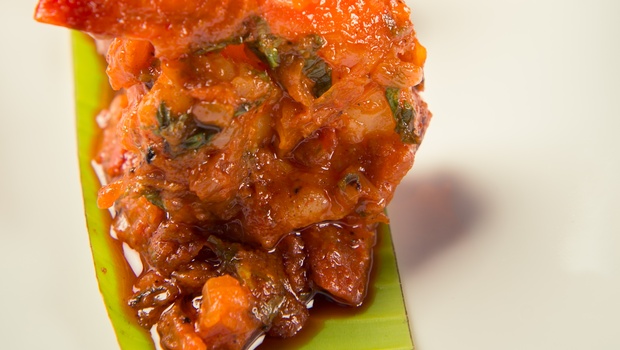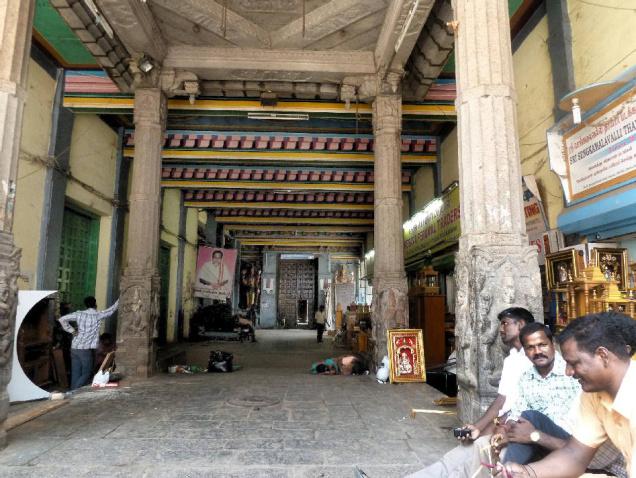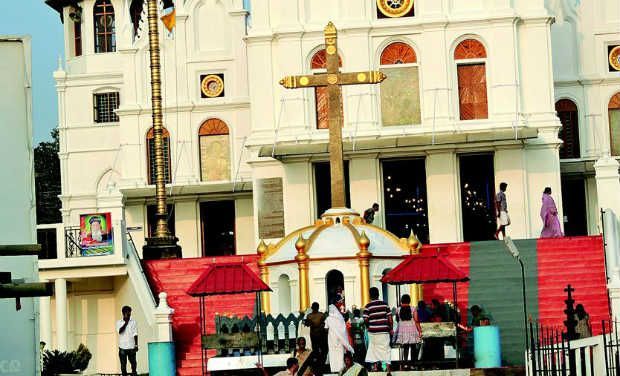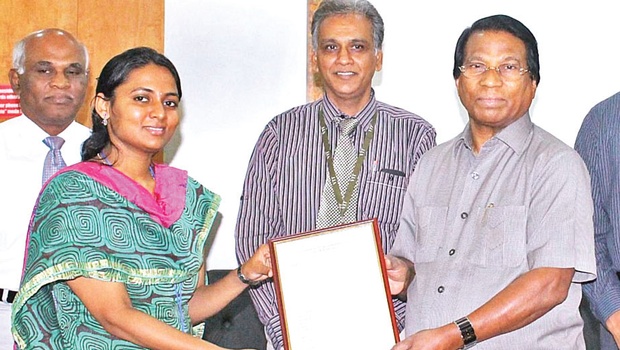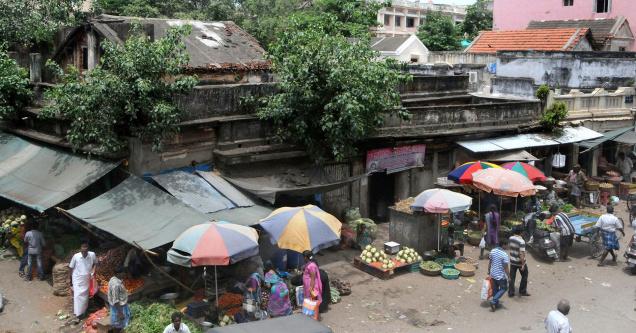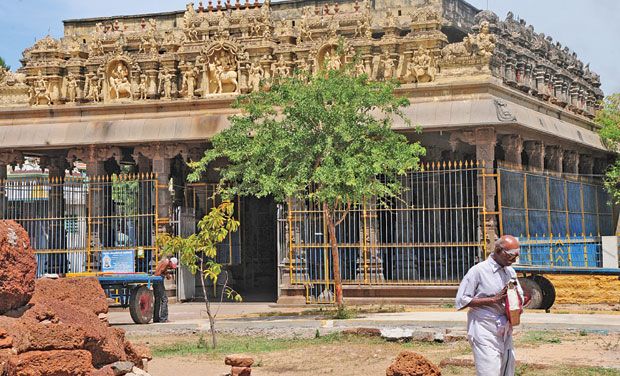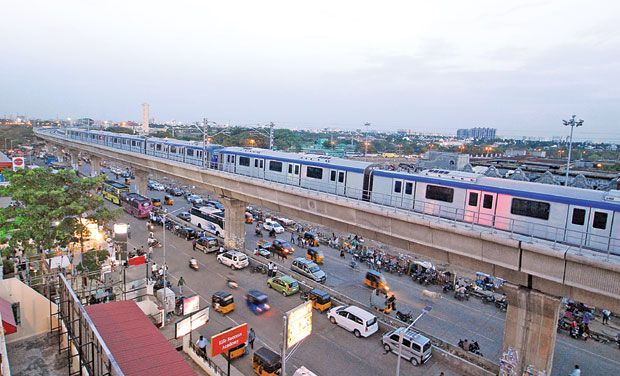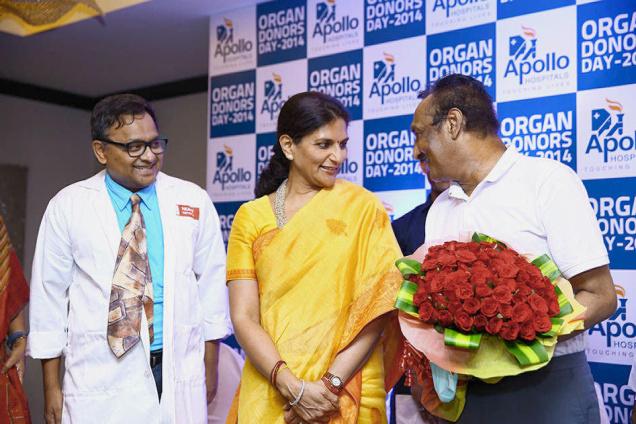Chennai :
Tamil novelist R Natarajan (50) has won the 2014 Bala Sahitya Akademi award for his novel ‘Vingnana Vikamadityan Stories,’ a collection of short stories for children based on science. A press release issued by the Sahitya Akademi after its meeting in Guwahati said Natarajan is among 23 authors of various languages who have been chosen for the Bala Sahitya Akademi Award for their contribution to children’s literary field. The Bala Sahitya Akademi award is given to contributions to children’s literature.
Natarajan has authored several short stories based on science fiction, including Alaska Aisha in Tamil, with a million copies being sold. The “Vingnana Vikamadityan collection is based on the original Vikram-Betal stories. “In Vignanana Vikramadityan, the Betal questions the King and the queries focus on 12 diseases and their remedies,” Natarajan told TOI.
The book was released in 2011 and more than 16,000 copies have been sold so far. “The book gives interesting details about each disease, how it is caused, what is the cure for it, who discovered it and how it can be prevented. All this is explained to the Betal by King Vikaramaditya,” said Natarajan. Some of the diseases dealt in the book include polio, cancer and diabetes.
So far Natarajan has written 72 books of which 42 is based on children and subjects dear to them. “Most of my compositions are based on science and it will be lucidly written so that children understand it easily,” said Natarajan.
source: http://www.timesofindia.indiatimes.com / The Times of India / Home> City> Chennai / by B Sivakumar, TNN / August 23rd, 2014
